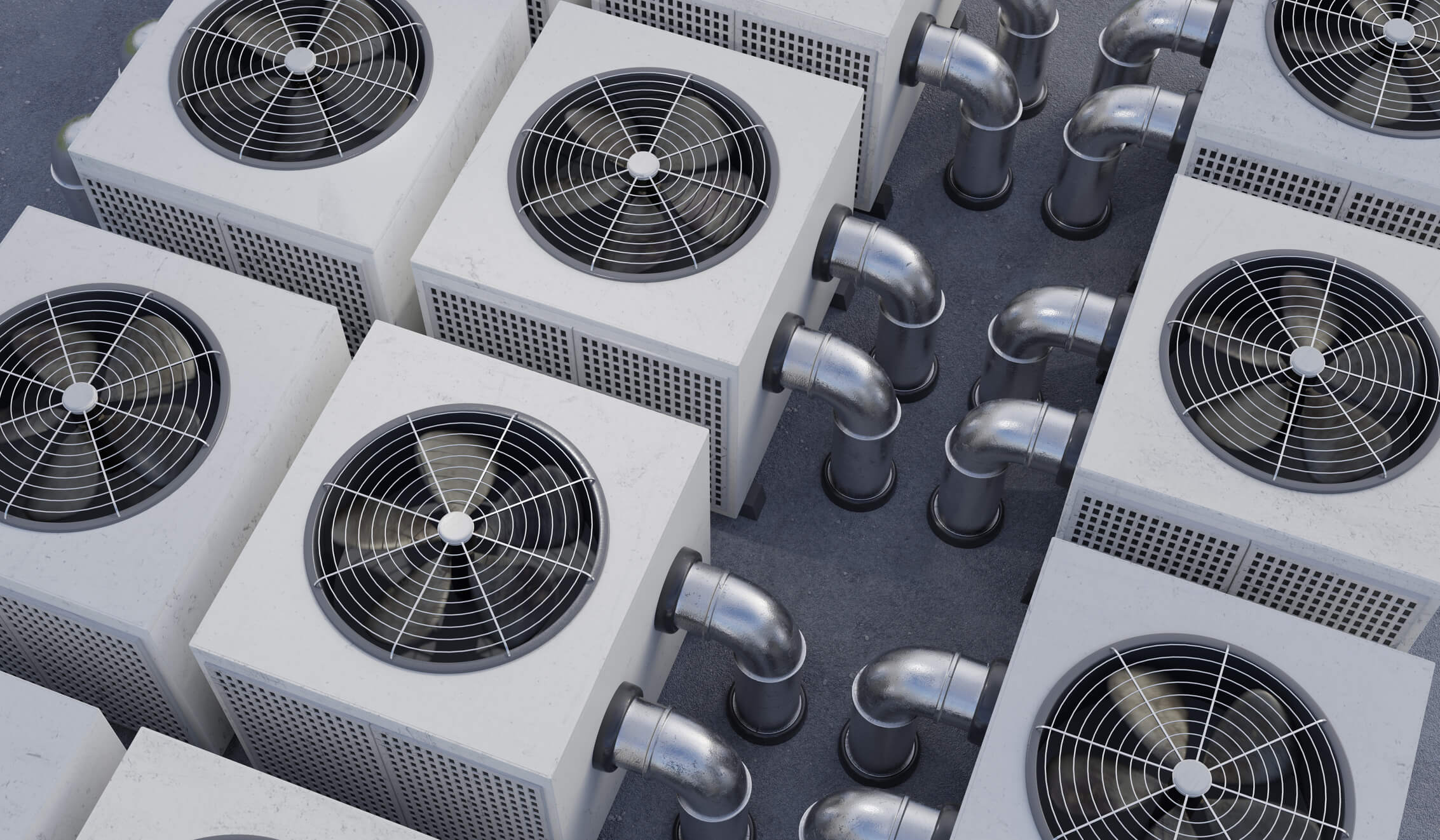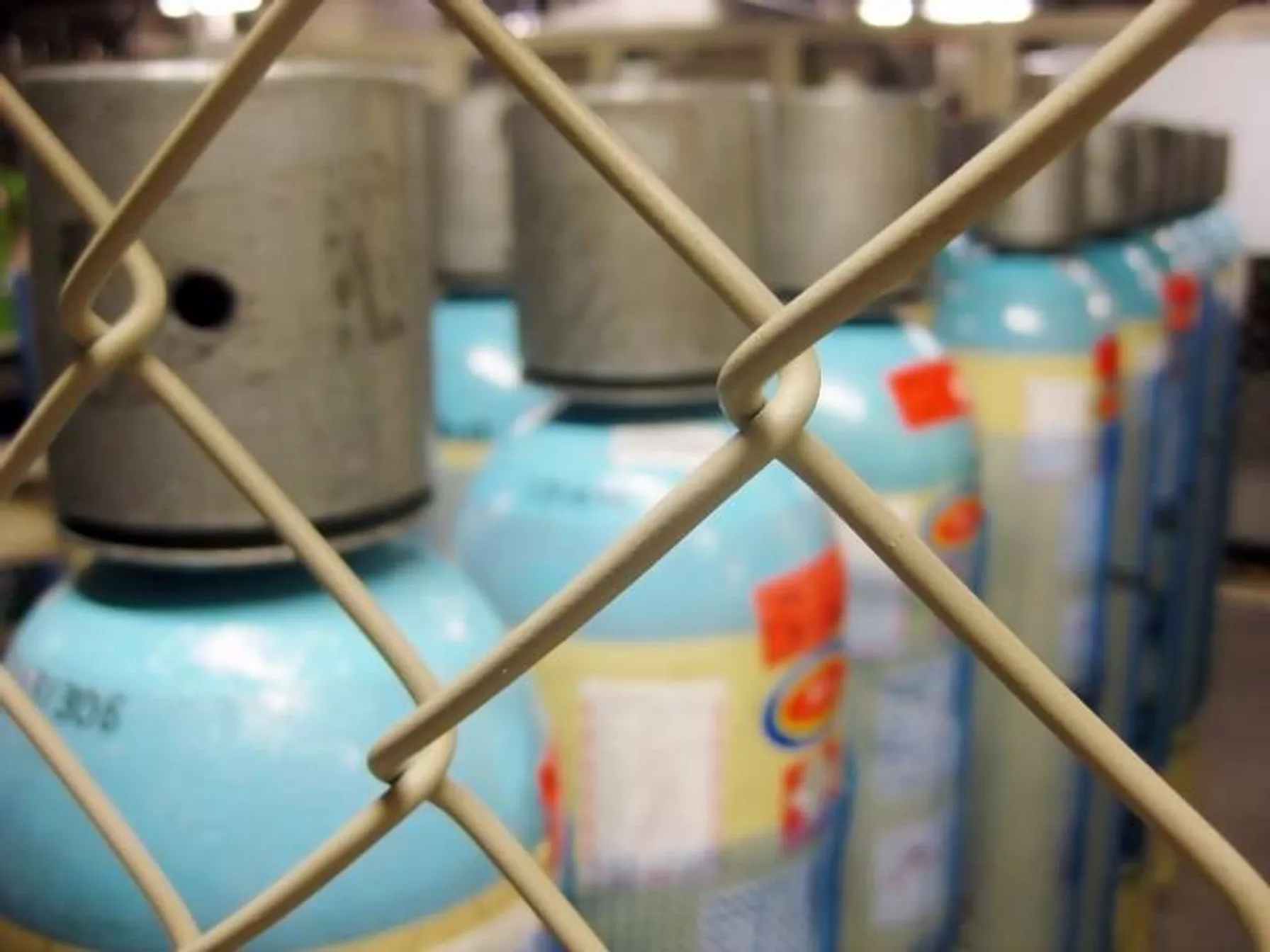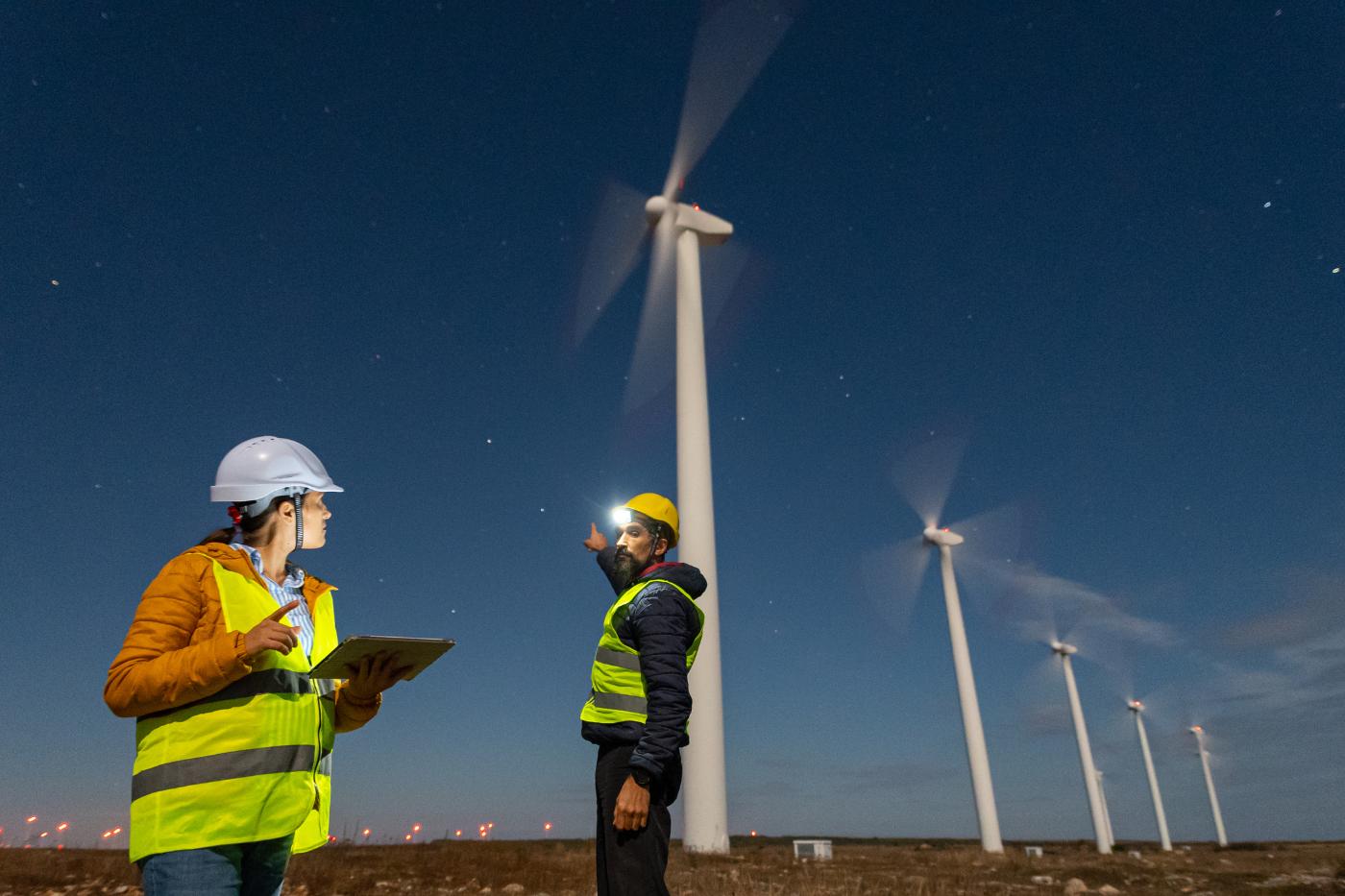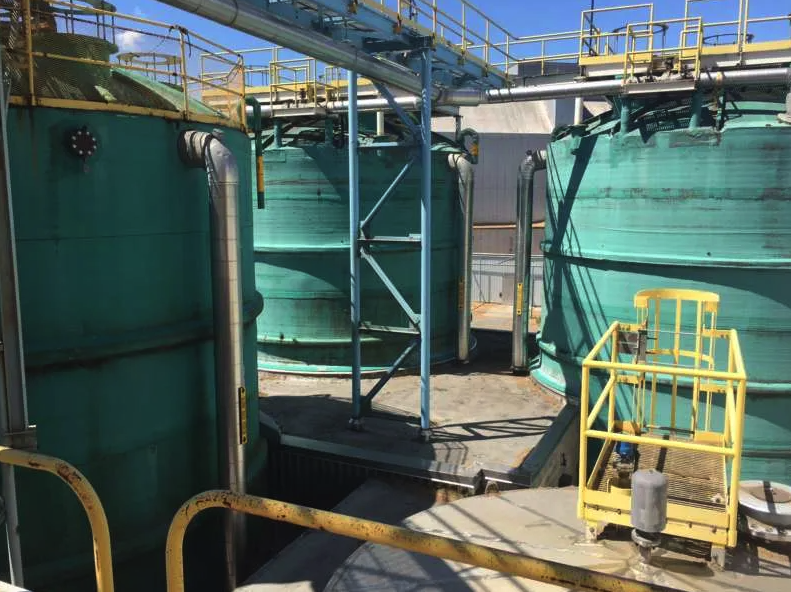Industry’s increased focus on vapor intrusion has escalated to the point where we regularly receive calls from clients saying, “Help! I have a vapor intrusion (VI) problem! How much will it cost to fix?” Perhaps not surprisingly, the answer is always a resounding, “That depends.”
New technologies are emerging, offering multiple methods of mitigating indoor air inhalation risks and meeting increasingly stringent screening levels. However, selecting the proper mitigation for either new construction or building retrofits can be daunting. Mitigation technologies and costs vary widely, depending upon the contaminant and the building construction.
Options, Options, Options…
There is no “one size fits all” solution for VI mitigation. Knowing both the site characteristics and the contaminants of concern is critical to selecting the most cost-effective mitigation option. The varying characteristics of different chemical compounds also have an impact. Mitigation approaches can include:
Ventilation
- Passive methods involve the installation of sub-slab piping connected to risers that run through the building structure; vent vapors to the atmosphere above roofline.
- Active methods add fans to pull vapors from beneath the slab and vent them at the stack.
- Active can be as simple as increasing air exchange rate by installing additional fans to the HVAC.
Pressurization/
Depressurization
- Prevent impacted soil gas from entering the structure using positive/negative pressure barrier.
- Sub-slab depressurization systems are deployed in existing structures by installing collection sumps equipped with extraction fans.
- Can use building’s HVAC system, ‘as is’ or enhanced to increase air flow, but requires routine monitoring and maintenance.
- Increased utility expense – more than that for just ventilation.
Source Control
- Includes vapor barriers, currently a popular approach for new construction.
- Spray-on barriers are easily installed and adaptable to a variety of foundation designs.
- When equipped with a passive venting layer – which can be converted to active – provides a redundant system at an affordable price.
- Covering of interior floor spaces with a low-permeability coating can be added to existing buildings without the need for costly floor removal or modifications.
Source remediation is also a valid approach but often not viable due to cost restrictions, construction deadlines, or the inability to access the source location without extensive intrusion and loss of rental revenue.
The Question of Cost
Implementation and operation & maintenance (O&M) costs are of paramount concern to building developers and owners – this is the tangible number they can relate to their construction and building operation budgets. But the vapor mitigation system should also be viewed as an asset. If the mitigation system is correctly installed and properly maintained, you can alleviate any concerns about using the building throughout the mitigation system’s expected lifetime.
Building size, construction, geographic location, and accessibility all impact pricing. Unit pricing for various VI mitigation methods can range widely, from less than $1 per square foot for simple ventilation approaches to as much as $70 per square foot for sites with significant access issues and higher construction labor costs. New materials combining construction applications, such as VI protection and waterproofing, have also entered the market in recent years. These products are more expensive per square foot individually, but provide combined savings to help meet technical goals while still remaining on budget.
The details make the difference when developing vapor intrusion mitigation strategies, whether for new or existing construction. Building owners, operators and others responsible for indoor air inhalation safety are urged to retain a consultant experience in VI mitigation, as well as conduct a thorough evaluation of current and potential future building uses before investing in any mitigation approach.
Looking for more information on methods and costs? Learn more on our Remediation Engineering page.
And as always, share your experiences in the comments section below.
Contributors to this blog include Graham Crockford, C.P.G., Engineering, Construction and Remediation Practice Lead, Stacy Metz, P.E., Project Engineer, and Darby Litz, L.P.G., Environmental Scientist.






























